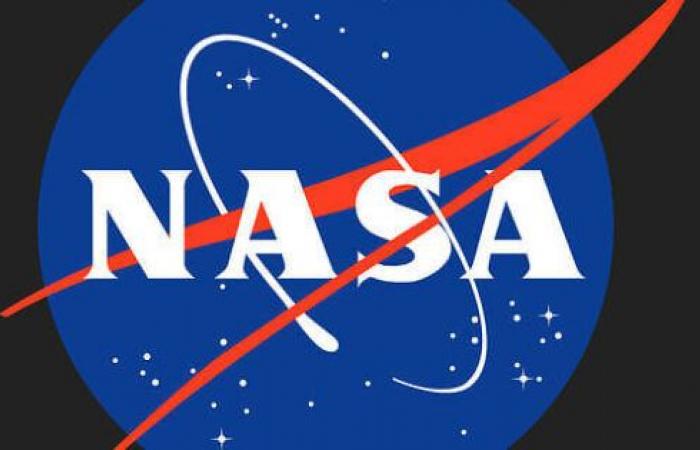The Office of Administration and Budget (OMB) sent last Friday, May 2 to the United States Congress the main discretionary budget application of President Donald Trump for fiscal year 2026. This budget accelerates the human spatial exploration of the Moon and Mars with a portfolio of fiscally responsible missions.
As announced by the US presidency, the budget reorient NASA’s financing so that The US returns to the moon before China and to take the first human being to Mars. By assigning more than 7,000 million dollars to lunar exploration and introducing $ 1,000 million in new investments for Mars -centered programs, it is guaranteed that US effort efforts created remain incomparable, innovative and efficient.
To achieve these objectives, The budget would optimize NASA staffIT services, NASA center operations, maintenance of facilities and environmental construction and compliance. The budget also eliminates “green aviation” and other fraudulent programs related to climate change, as well as failed spatial propulsion projects, according to the White House.
“This proposal includes investments to simultaneously explore the moon and Marsprioritizing crucial scientific and technological research, ”said NASA’s interim administrator, Janet Petro.” I appreciate the continuous support of the President to NASA’s mission and I hope to collaborate closely with the Administration and Congress to ensure that we continue advancing towards the impossible. “
Las main lines son:
– Greater commitment to manned space exploration To explore both the moon and Mars. By assigning more than 7,000 million dollars to lunar exploration and introducing $ 1,000 million in new investments for Mars -centered programs, the budget guarantees that US effort efforts be kept incomparable, innovative and efficient.
– Reorient spatial scientific and technological resources to efficiently execute high priority investigations. In line with the priority of the administration to return to the moon before China and send an American to Mars, the budget will promote priority scientific missions and projects, ending financially unsustainable programs, such as the return of Mars samples. Investment in transformative spatial technologies is prioritized, while more appropriate projects for the leadership of the private sector are responsible responsibly.
– Transition of the Artemisa campaign towards a more sustainable approach and profitable for lunar exploration. The SLS rocket (space launch system) and the Orion capsule will be withdrawn after Artemis III, which will pave the path for more profitable new generation commercial systems that will support the subsequent lunar missions of NASA. The budget also puts an end to the Gateway program, with the opportunity to reuse components already produced for use in other missions. International partners will be invited to join these renewed efforts, thus expanding the opportunities for significant collaboration on the Moon and Mars.
– Continue the transition process of the International Space Station to Commercial Stations Replacement in 2030, focusing on board on crucial initiatives for the exploration of the moon and Mars. The budget reflects the next transition to a more profitable and open commercial approach to human activities in the low terrestrial orbit, reducing the size of the crew and research aboard the station, preparing for the safe dismantling of the station and its replacement with commercial space stations.
– Work to minimize duplication of efforts and administer in the most efficient way the allocation of the money of US taxpayers. This budget guarantees that NASA’s gross income allows a financially sustainable trajectory to complete pioneer investigations and execute the ambitious mission of the agency.
– Center NASA’s resources on its main mission: space exploration. This budget eliminates spending on “green aviation” centered in the climate, while protecting the development of technologies for air traffic control and other US government and commercial applications, which generates savings. This budget will also guarantee the continuous elimination of any financing for misaligned initiatives with the DEIA, allocating it to missions capable of promoting NASA’s main mission. NASA will continue to inspire the next generation of explorers through exciting and ambitious space missions that demonstrate American leadership in space.
NASA will closely coordinate with its partners to execute these priorities and investments in the most efficient and effective way possible. Based on the president’s promise to increase efficiency, this budget opens a centered, innovative and fiscal road to the next great era of human space exploration of the United States.






